As an avid gardener and landscaping enthusiast, I have always been captivated by the elegance that decorative grasses can bring to any garden. Over the years, I’ve experimented with various types, but nothing quite compares to the striking beauty of red decorative grass. In this comprehensive guide, I’ll share my personal experiences, delve into the nuances of red decorative grass, and provide you with actionable insights to make your landscaping dreams a reality.
What is Red Decorative Grass?
Red decorative grass refers to any ornamental grass variety showcasing reddish hues. These grasses add a unique aesthetic appeal to gardens and landscapes, providing texture, color contrast, and movement in the breeze.
Popular Types of Red Decorative Grass
- Japanese Blood Grass (Imperata cylindrica ‘Red Baron’)
- Red Fescue (Festuca rubra)
- Red Switchgrass (Panicum virgatum ‘Shenandoah’)
- Crimson Fountain Grass (Pennisetum setaceum ‘Rubrum’)
Comparison Table of Popular Red Decorative Grasses
| Grass Type | Height | Sun Requirements | Water Needs | USDA Hardiness Zones |
|---|---|---|---|---|
| Japanese Blood Grass | 24-36 inches | Full sun to part shade | Moderate | 5-9 |
| Red Fescue | 12-18 inches | Partial shade | Low | 3-7 |
| Red Switchgrass | 36-48 inches | Full sun | Moderate | 4-9 |
| Crimson Fountain Grass | 24-36 inches | Full sun | Low to moderate | 8-11 |
Benefits of Incorporating Red Decorative Grass in Your Garden
Adding red decorative grass to your garden or landscape can yield numerous benefits:
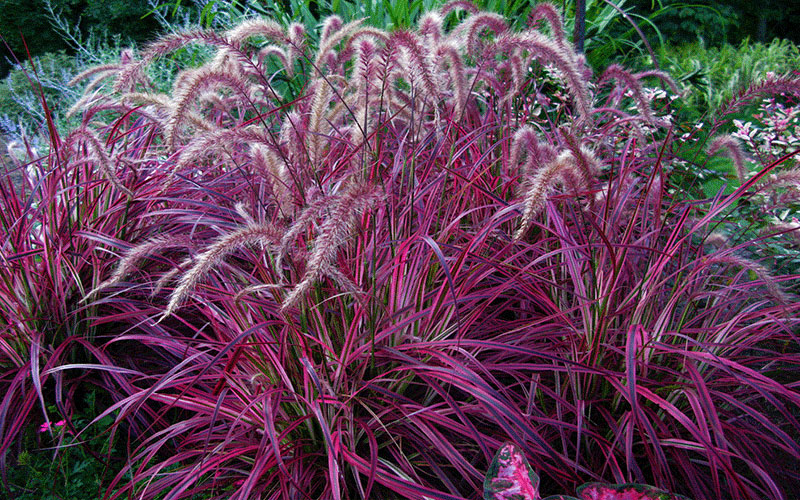
1. Visual Appeal
The vibrant hues of red ornamental grasses create a stunning focal point in any garden. They can serve as a backdrop for flowering plants or as standalone features that draw the eye.
2. Versatility in Landscaping
Red decorative grass can be used in various landscaping styles, from contemporary to traditional, making them a versatile choice for any gardener.
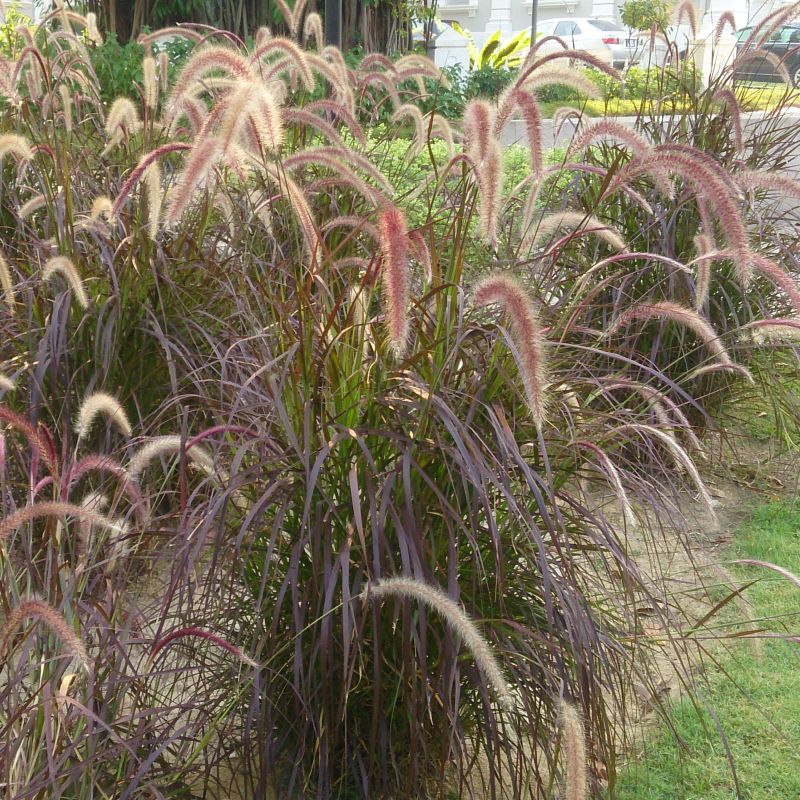
3. Low Maintenance
Many types of red decorative grasses require minimal care once established, making them perfect for busy homeowners or novice gardeners.
How to Choose the Right Red Decorative Grass for Your Garden
Selecting the right type of red decorative grass depends on several factors:
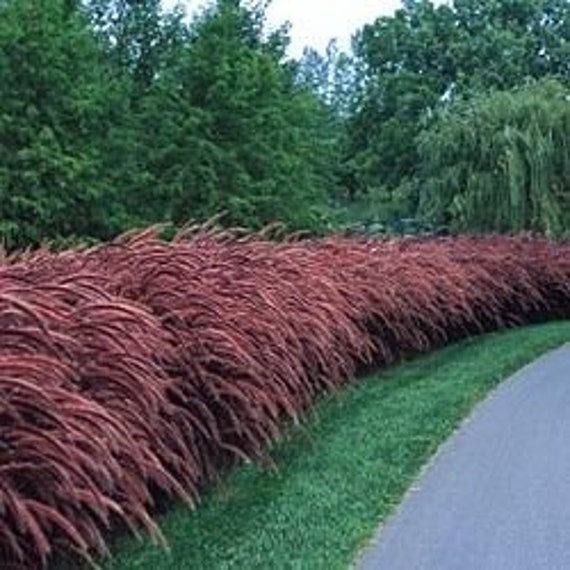
1. Climate and USDA Hardiness Zones
Consider your local climate and the USDA hardiness zone of the grass type. Certain varieties thrive better in specific conditions.
2. Sun and Soil Requirements
Evaluate your garden’s sun exposure and soil type. Some grasses prefer full sun, while others flourish in partial shade.

3. Height and Growth Habit
Think about how much space you have and the desired height of the grass. Taller varieties can provide privacy, while shorter ones might be ideal for borders.
Planting Red Decorative Grass
Once you’ve selected the appropriate type of red decorative grass, it’s time to plant!
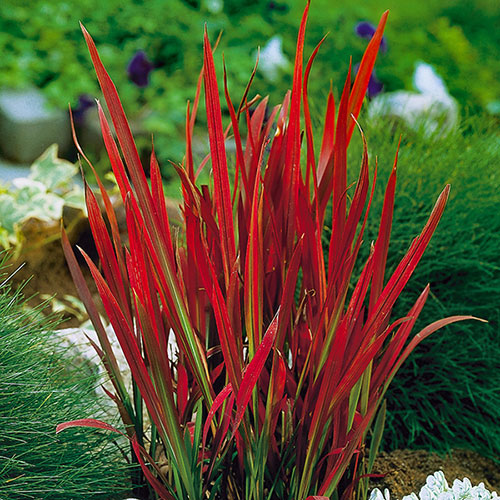
Step-by-Step Planting Guide
- Choose the Right Time: Spring or early fall is usually the best time to plant.
- Prepare the Soil: Ensure the soil is well-draining and amend it with organic matter as needed.
- Dig the Hole: Dig a hole twice the width of the root ball and just as deep.
- Place the Grass: Set the grass in the hole, ensuring the crown is level with the soil surface.
- Backfill and Water: Fill in around the roots and water thoroughly to remove air pockets.
Caring for Your Red Decorative Grass
To keep your red decorative grass looking its best, consider the following care tips:
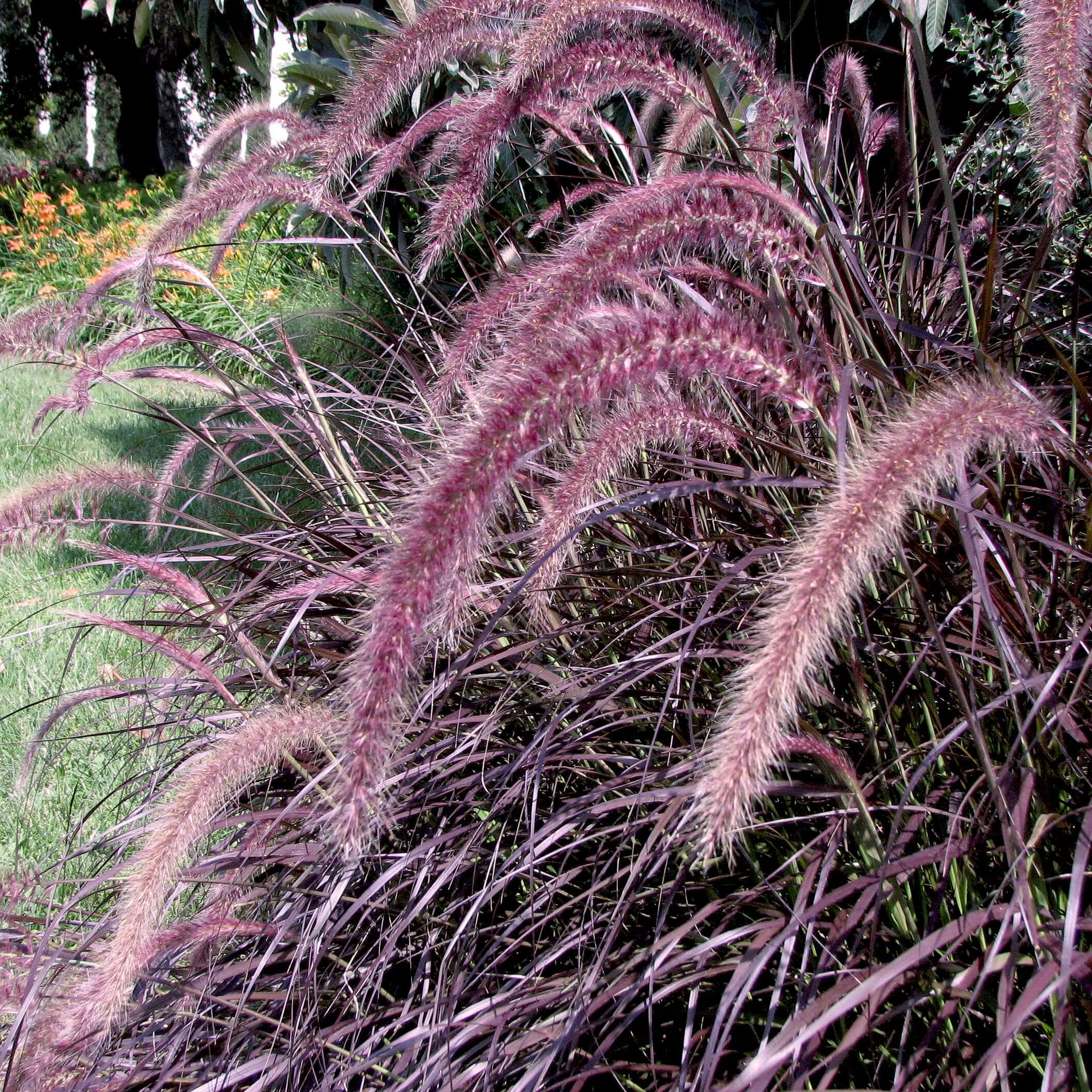
1. Watering
Water the grass regularly during dry spells, especially while it’s establishing its roots.
2. Fertilizing
Apply a balanced fertilizer in the spring to promote healthy growth.
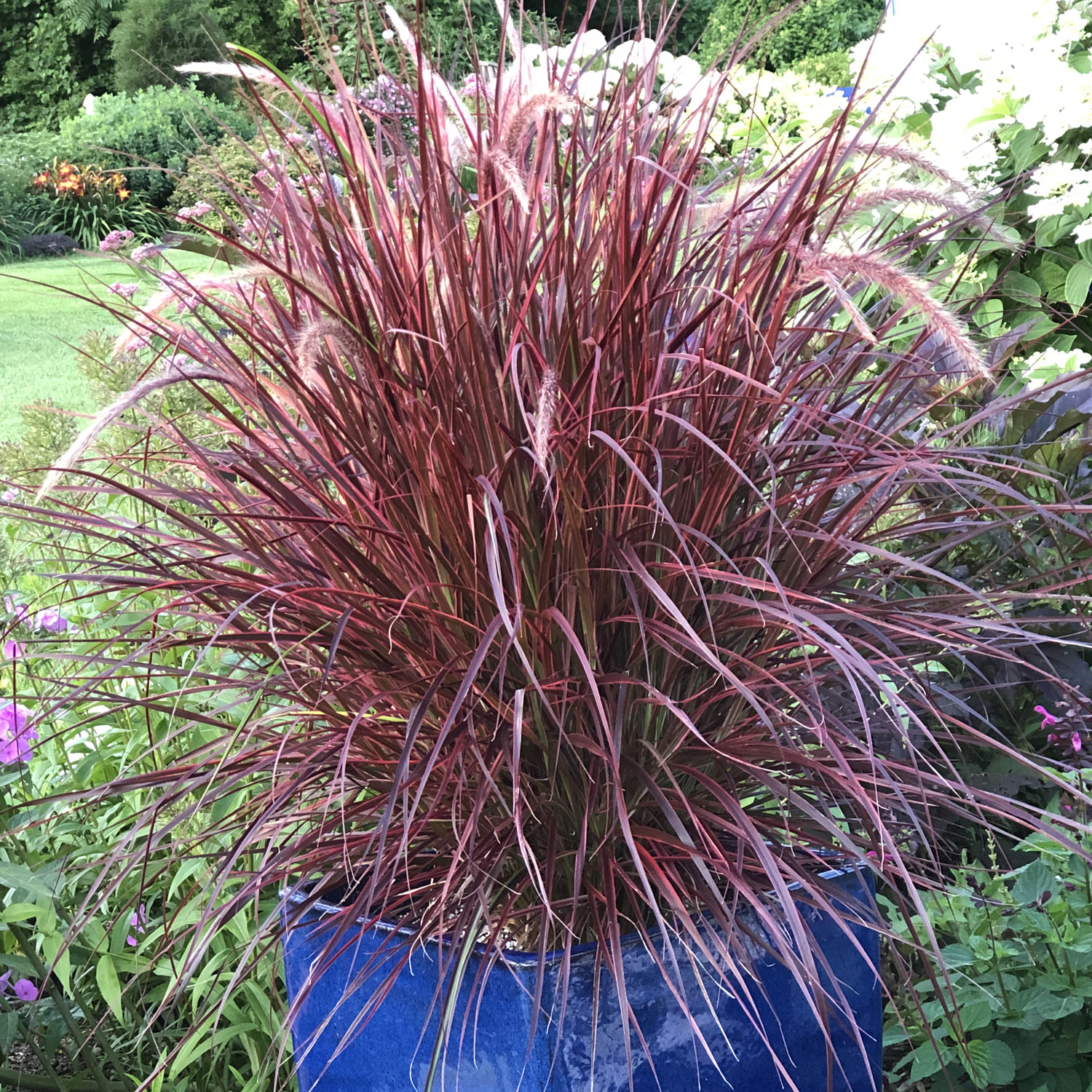
3. Pruning
Cut back dead foliage in late winter or early spring to encourage fresh growth.
Common Pests and Diseases
While red decorative grasses are generally hardy, they can be susceptible to certain pests and diseases:
1. Aphids
Aphids can suck sap from the grass, weakening it. You can manage them with insecticidal soap.
2. Fungal Infections
Ensure proper spacing and airflow to avoid mold and mildew. Treat any infections promptly to prevent spread.
3. Grasshoppers
These pests can chew on grass blades. Organic insecticides or natural predators can help manage infestations.
Pros and Cons of Red Decorative Grass
Like any plant type, red decorative grass comes with its advantages and disadvantages:
Pros
- Striking visual appeal
- Low maintenance
- Highly adaptable to various environments
- Can withstand drought conditions
- Excellent for erosion control
Cons
- Some varieties can spread aggressively
- May require regular pruning to maintain shape
- Not all varieties tolerate wet soil
Styling Your Landscape with Red Decorative Grass
The placement and design of red decorative grass can significantly enhance your outdoor space:
1. As Accents in Flower Borders
Use red decorative grass to accentuate flower borders, adding depth and color contrast.
2. In Mixed Planting Beds
Combine it with other ornamental plants for a lush, layered look.
3. Creating Screens for Privacy
Plant taller varieties as screens to provide privacy and wind protection.
Frequently Asked Questions (FAQs)
1. Can red decorative grass survive winter?
Yes! Most varieties are hardy and can survive cold winters when properly cared for.
2. How often should I water red decorative grass?
Watering should be done regularly, especially during the establishment period. Once established, they can tolerate drought.
3. Is red decorative grass invasive?
Some types, like Japanese Blood Grass, can spread aggressively. Maintaining a garden barrier can control their growth.
4. When is the best time to plant red decorative grass?
The best times are in early spring or fall, allowing the plants to establish roots before extreme weather sets in.
5. How tall does red switchgrass grow?
Red switchgrass typically grows between 36 to 48 inches tall, making it a great choice for backdrops or privacy screens.
Conclusion
Incorporating red decorative grass into your landscape can transform your garden into a vibrant, eye-catching space. By understanding its characteristics, benefits, and care requirements, you can create stunning outdoor environments that reflect your personal style. Whether you’re a seasoned gardener or a beginner, red decorative grass offers something special for every garden enthusiast!